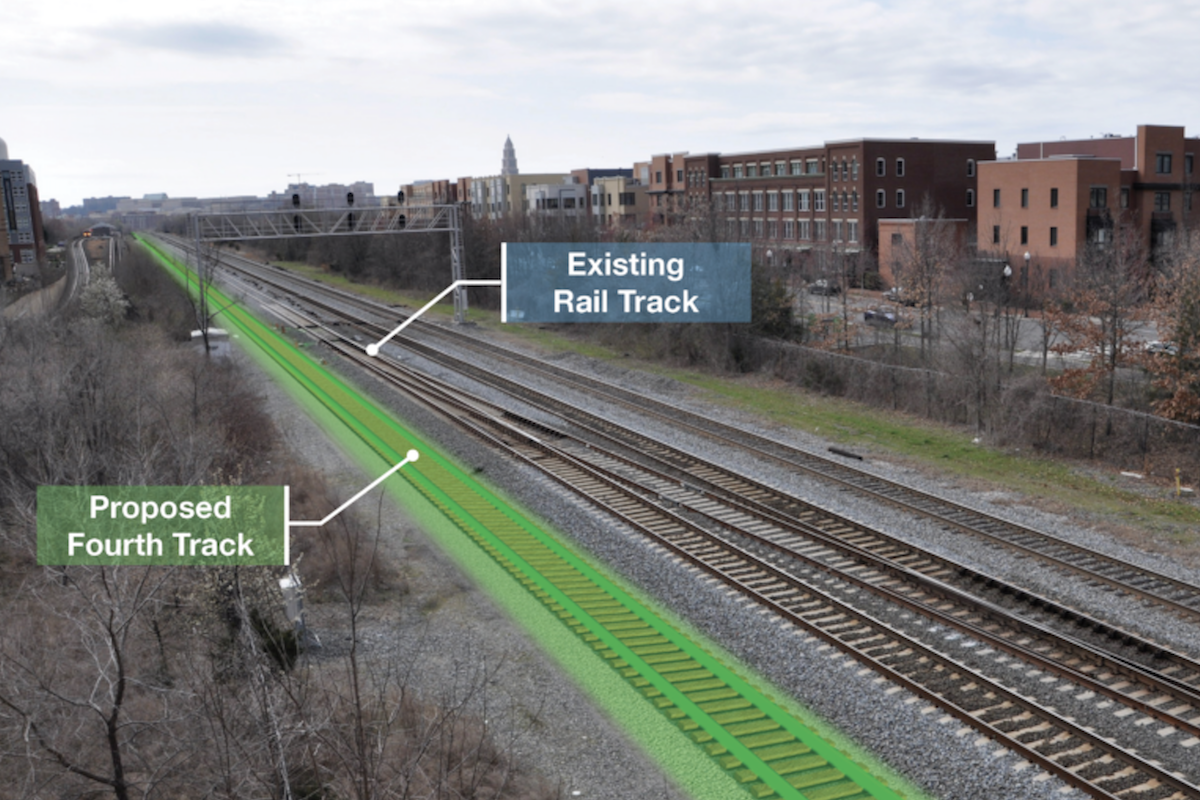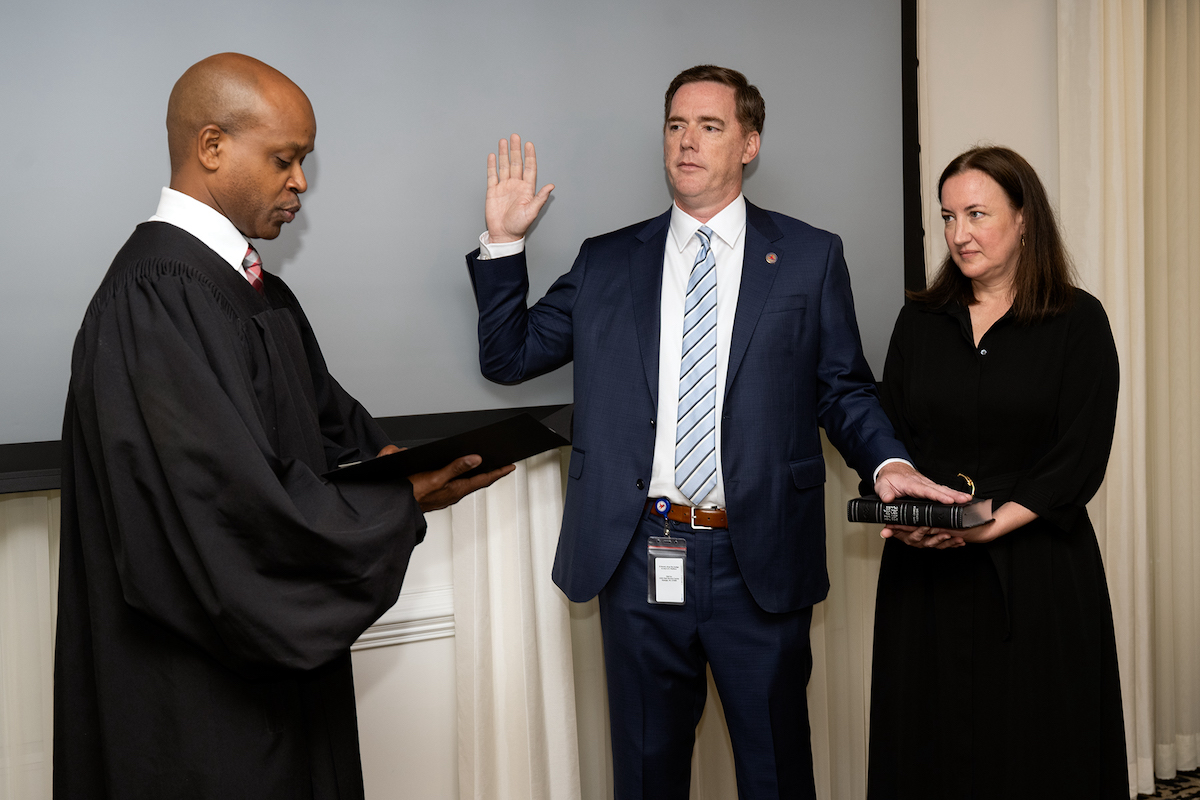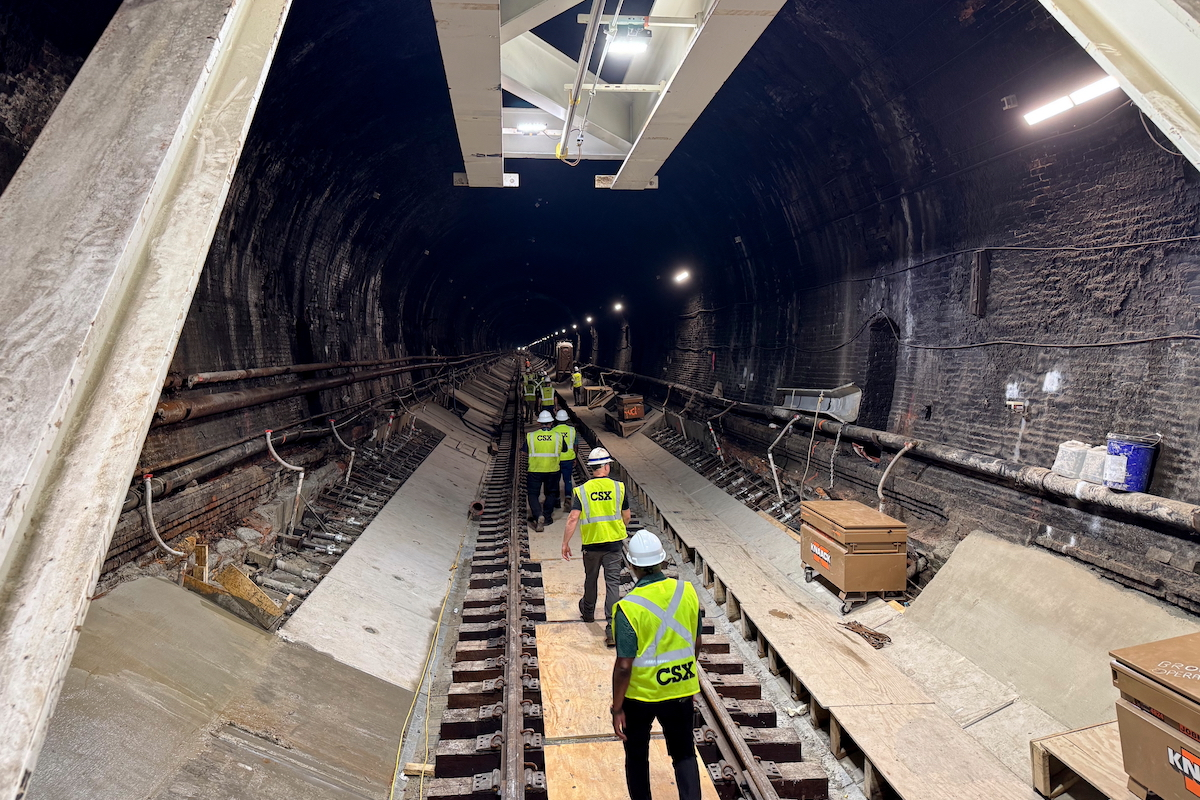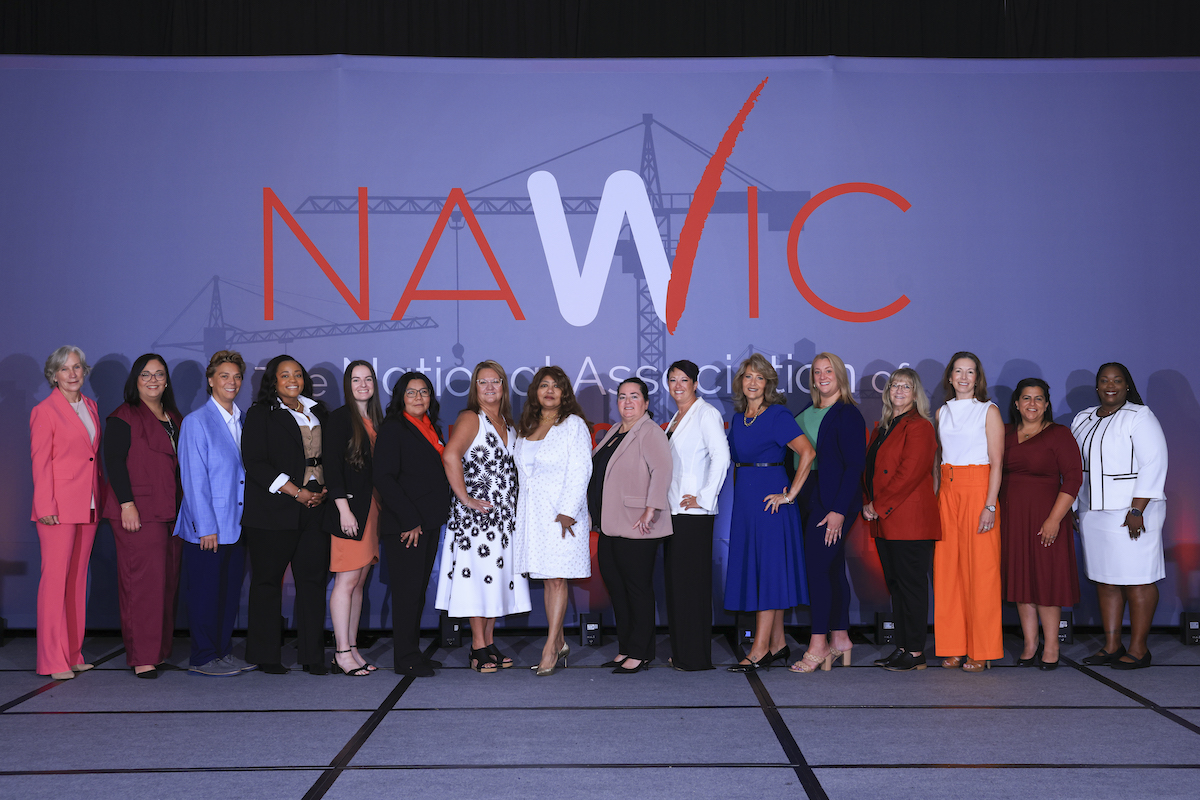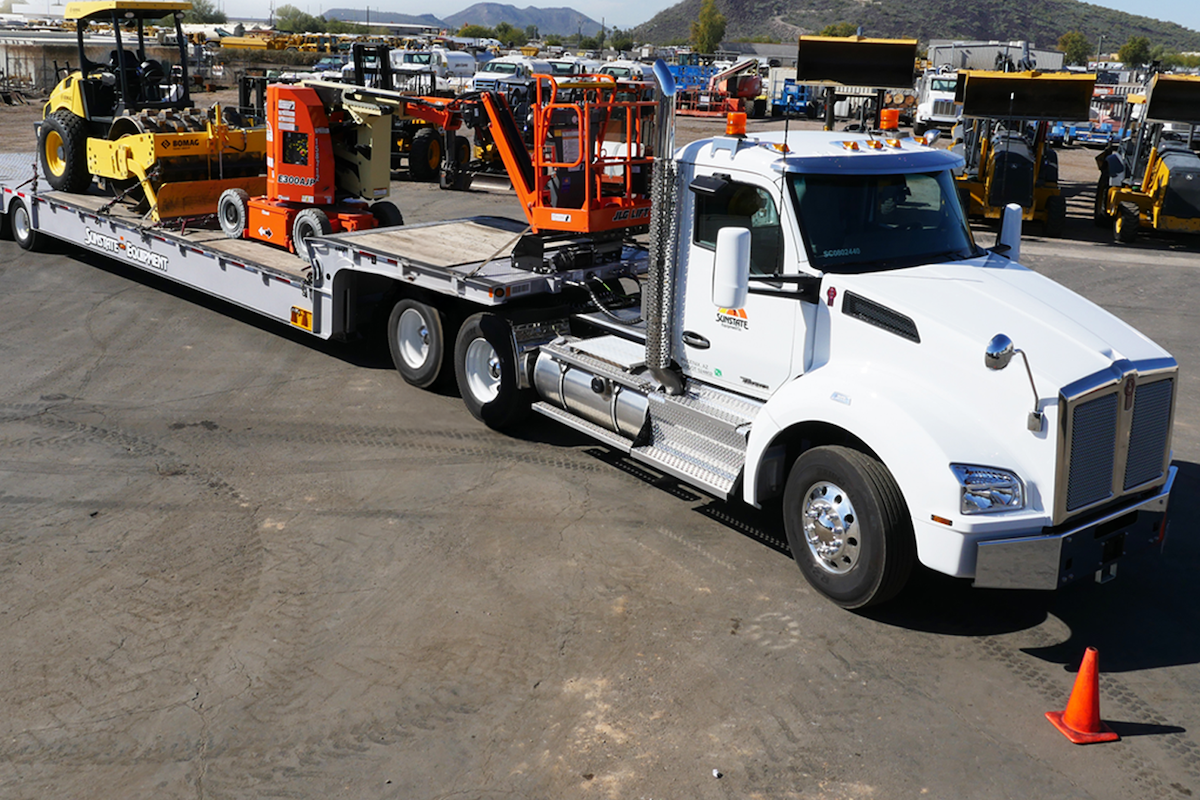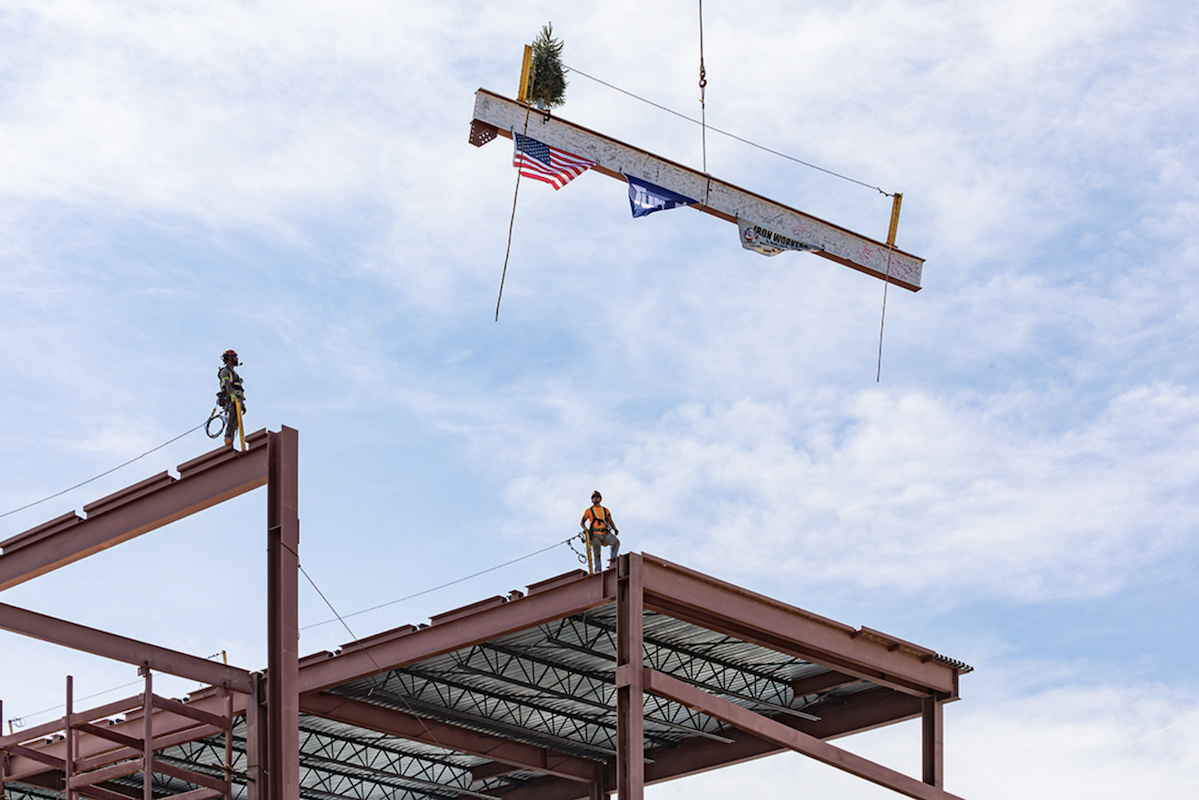CHARLOTTE, NC — While additional state and federal transportation investments are enabling North Carolina to make needed improvements to its transportation system, the state’s ability to keep pace with growing transportation needs is threatened by a significant increase in inflation of highway construction costs and the reduced purchasing power of motor fuel tax revenues, due to improved vehicle fuel efficiency, and the adoption of hybrid and electric vehicles. This is according to a new report from TRIP, a national transportation research nonprofit based in Washington, D.C., which looks at the condition, reliability, safety, and funding needs of North Carolina’s roads, highways, and bridges.
The TRIP report, “Keeping North Carolina Mobile: Providing a Modern, Reliable and Sustainable Transportation System in the Tar Heel State,” finds that throughout North Carolina, more than one-third of major roads are in poor or mediocre condition, 7 percent of bridges (20 feet or more in length) are rated poor/structurally deficient, increasing traffic congestion impedes personal and commercial mobility, and the state’s traffic fatality rate and number of traffic fatalities have risen significantly since 2019.
To address a lack of adequate transportation funding, in 2022 the North Carolina legislature approved HB 103, which dedicated a portion of the state’s sales tax revenue to road and highway projects. This additional revenue from the sales tax is projected to provide an additional $193 million in highway funds in North Carolina in fiscal year 2022-23, increasing to $710 million in fiscal year 2024-25 and to $855 million in fiscal year 2032-33, providing an additional $9.7 billion in highway funds through fiscal year 2032-33. The additional state revenue for highways will complement a boost in federal transportation funds received in North Carolina from the Infrastructure Investment and Jobs Act (IIJA), signed into law in November 2021. The IIJA will provide $7.2 billion in state funds for highway and bridge investments in North Carolina over five years, representing a 29 percent increase in annual federal funding for roads and bridges in North Carolina over the previous federal surface transportation program. Federal funds currently provide 33 percent of the revenue used by the North Carolina Department of Transportation (NCDOT) to fund highway and bridge improvements.
NCDOT’s ability to adequately maintain the state’s major roads, highways, and bridges depends on long-term, consistent, and sufficient funding that targets the assets in greatest need of repair. While NCDOT spent $656 million on the preservation of roads and highways in 2022, this was $341 million short of the $997 million annual investment recommended by NCDOT. In 2022, NCDOT spent $371 million on bridge preservation, $39 million short of the $410 million annual investment recommended. From 2023 to 2032 NCDOT expects to increase its annual investment in roadway preservation and bridge preservation by 17 percent and 22 percent, respectively, as a result of increased state and federal transportation revenue.
While the increased investment will be helpful, it does not keep pace with increasing inflation. The Federal Highway Administration’s national highway construction cost index, which measures labor and materials cost, increased by 43 percent in 2022 and 2023 and by 68 percent since the beginning of 2021.

| Your local Trimble Construction Division dealer |
|---|
| SITECH Mid-South |
Statewide, more than one-third of major locally and state-maintained roads are deteriorated, with 12 percent in poor condition and 25 percent in mediocre condition. Extra vehicle operating costs total $5 billion statewide and include accelerated vehicle depreciation, additional repair costs, and increased fuel consumption and tire wear. Driving on deteriorated roads costs the average North Carolina driver an additional $633 each year.
Statewide, 7 percent of North Carolina’s bridges are rated poor/structurally deficient, with significant deterioration to the bridge deck, supports, or other major components. Most bridges are designed to last 50 years before major overhaul or replacement, although many newer bridges are being designed to last 75 years or longer. In North Carolina, 32 percent of the state’s bridges are 50 years old or more.
From 2000 to 2019, vehicle travel in North Carolina increased by 37 percent, the fifth highest rate in the country. Due to the COVID-19 pandemic, vehicle travel in North Carolina dropped by as much as 38 percent in April 2020 (as compared to vehicle travel during the same month the previous year). By 2023, vehicle miles of travel (VMT) in North Carolina had rebounded to 2 percent below pre-pandemic levels in 2019. Congested roads, highways, and bottlenecks choke commuting and commerce and cost North Carolina drivers $4 billion each year in the form of lost time and wasted fuel.
The TRIP report includes a list of the 40 North Carolina highway segments with the lowest level of travel time reliability due to traffic congestion. The report also includes a list of the state’s top 10 freight bottlenecks, which cause the longest delays for freight travel.

| Your local Komatsu America Corp dealer |
|---|
| Linder Industrial Machinery |
Using a combination of programs and projects, the North Carolina Department of Transportation is taking steps to address North Carolina’s safety, traffic congestion, and reliability challenges. These efforts include the following:
- Retiming of nearly 330 traffic signals to reduce delays and stops, which yielded a 24 percent improvement in travel time, a 63 percent reduction in delays, and a 59 percent reduction in the number of stops
- The operation of five Transportation Management Centers throughout the state that manage freeway disruptions and clear incidents, as well as an Incident Management Assistance Patrol that provides services to stranded motorists and works with emergency responders to clear crash scenes quickly
- The investment of approximately $6.2 billion since 2019 to increase the capacity of numerous highway segments, including the Fayetteville Outer Loop, the Greensboro Loop, the I-485 Charlotte Beltway, the Winston-Salem Bypass, the Wilmington Bypass, the I-85 corridor, the Goldsboro Bypass, the Salem Parkway, and the Jamestown Bypass.
“North Carolina’s transportation infrastructure is essential to moving goods and people safely and efficiently,” said Gary Salamido, President and CEO of the NC Chamber. “TRIP’s latest report underscores the critical need for modernized transportation revenue streams that address the limits of the gas tax due to the ever-increasing fuel efficiency. While we’ve made great progress, North Carolina is growing, and we must invest in our transportation network to secure a prosperous, competitive future for the state and its people.”
From 2019 to 2023, 7,858 people were killed in traffic crashes in North Carolina. The state’s 2023 traffic fatality rate of 1.36 fatalities for every 100 million miles traveled is higher than the national average of 1.26. The traffic fatality rate on the state’s rural, non-interstate roads was the sixth highest in the nation and was nearly triple the fatality rate on all other roads in the state (2.59 versus 0.88). Nationwide, traffic fatalities began to increase dramatically in 2020 even as vehicle travel rates plummeted due to the COVID-19 pandemic, and the number of fatalities continued to increase in 2021. The number of fatalities in North Carolina increased 20 percent from 2019 to 2023, from 1,373 to 1,653, and the state’s fatality rate per 100 million VMT increased 21 percent from 1.12 to 1.36 during that time. This increase in the number of fatalities and the rate of fatalities per 100 million VMT happened while vehicle travel in the state decreased by 2 percent overall from 2019 to 2023. From 2018 to 2022, 17 percent of the 7,678 people killed in crashes involving motorized vehicles were pedestrians or bicyclists.

| Your local Topcon Positioning Systems Inc dealer |
|---|
| Linder Industrial Machinery |
“North Carolina is putting the increased state and federal transportation dollars to good use and making needed improvements to its transportation network,” said Dave Kearby, TRIP’s Executive Director. “But, the state’s ability to provide a smooth, reliable, and safe transportation system depends on long-term, consistent, and sufficient funding. A safe and reliable transportation system that is maintained in good condition and offers improved mobility and accessibility to meet the needs of North Carolina residents, businesses, and tourists alike, is critical to keeping North Carolina mobile and moving the state forward.”














